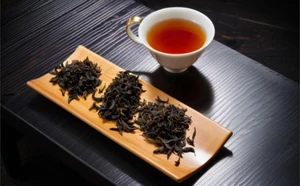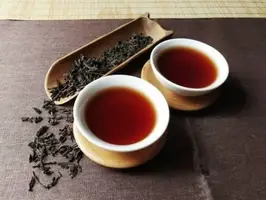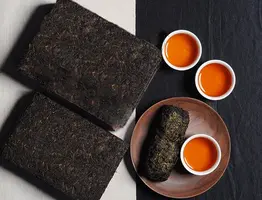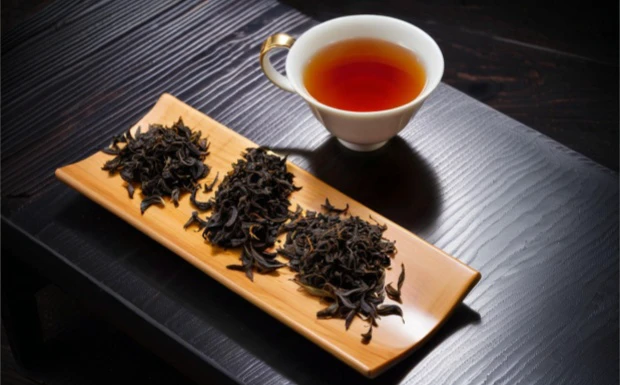

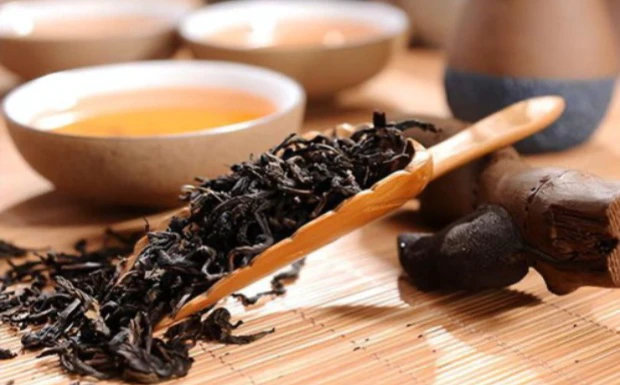
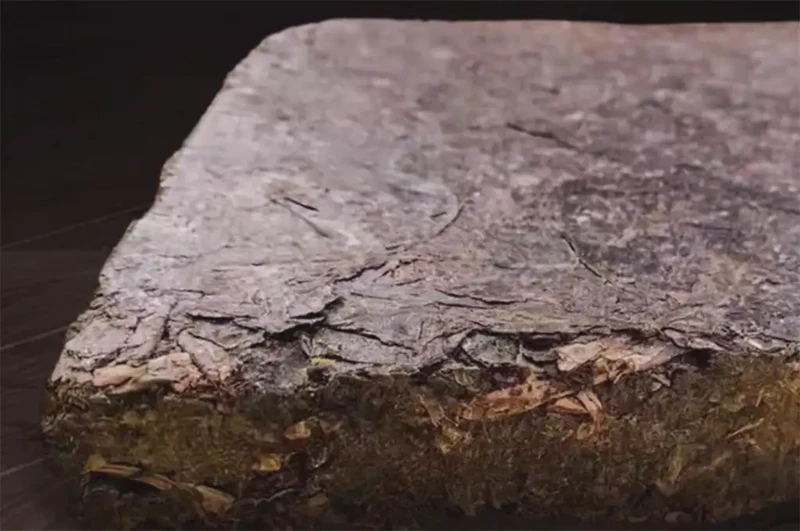
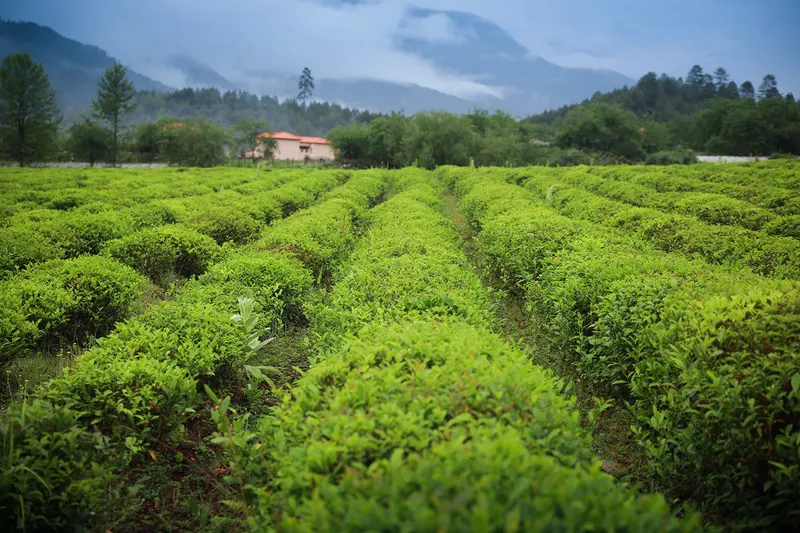
Zang Cha (Tibetan Tea)
Origin
Sichuan
Category
Dark Tea
Harvest Time
Spring & Autumn
Processing
Partial Fermentation & Roasting
Description
Zang Cha, meaning 'Tibetan Tea,' is a post-fermented dark tea primarily produced in Ya'an, Sichuan Province, China. It is an essential part of Tibetan culture, used for making butter tea (po cha), and known for its robust, earthy flavor and ability to withstand harsh conditions.
